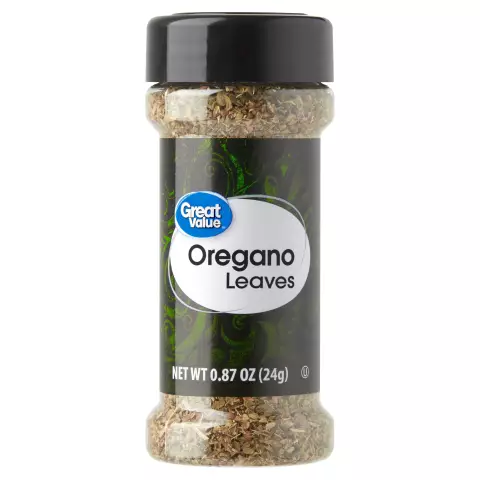- Author Rachel Wainwright [email protected].
- Public 2023-12-15 07:39.
- Last modified 2025-11-02 20:14.
Cheese

Cheese is a dairy product obtained with the help of special lactic acid bacteria or rennet enzymes, which are necessary during the preparation process to curdle milk.
Classification of cheeses
The number of cheeses is huge. Experts say that there are no two identical cheeses in the world, just as there are no two identical people. But despite this variety, there is a classification of cheese, which allows you to assign the selected product to a particular category and group.
The basis for the classification is a substance that causes milk coagulation. If the starter culture is based on lactic acid bacteria, then the cheese obtained as a result of their influence belongs to the group of fermented milk cheeses. If the basis for the preparation of cheese are rennet enzymes obtained from the stomach of ruminants, then the resulting cheese falls into the group of rennet cheeses. In some countries of the world, only a product obtained by clotting with the help of rennet can be called cheese. Everything else has no right to bear the proud name of cheese.
Rennet cheese, in turn, is also divided into several subgroups. The first subgroup is hard cheeses, which are characterized by high density and a fairly long ripening period - up to 8 months. The second subgroup is soft cheeses of low density and maturing period up to 6 weeks. And the third subgroup is pickled cheeses, which are among the most ancient and not very widespread. A feature of this subgroup is the maturation technology, which takes place in a special brine for several days.
To understand the complexity of the classification of cheese, it is worth remembering that subgroups are also divided into separate types, and types are subdivided into varieties. At the same time, one should not forget about the differences in the raw materials from which the cheese is made. Milk of various animals, preliminary pasteurization or lack thereof - all this brings additional accents to the world classification of cheese.
Blue cheese
Blue cheese stands apart, which has a specific taste and aroma. Legend has it that in ancient times a young shepherd fell in love with a beautiful stranger. He left the pasture and followed her, forgetting his lunch in the limestone cave. When he returned, he found that his cheese was moldy. Having tasted the seemingly spoiled cheese, he was amazed at its unusual taste and aroma. This is how, according to legend, the recipe for blue cheese was born.
Blue cheese generally belongs to the soft cheese subgroup. During the cooking process, cheese makers inoculate the noble mold of the genus Penicillium into the curdled mass, and use special needles to make air channels that help the mold develop during the ripening of the cheese.
The benefits of cheese

Many people know about the benefits of cheese, it is embedded in the original ingredients from which this product is prepared. Cheese is rich in vitamins, trace elements, animal proteins and fats. Cheese increases the level of hemoglobin in the blood, increases the level of blood pressure, improves vision and various metabolic processes. Cheese is a rich source of calcium, which is essential for building bones and teeth.
The benefits of cheese are especially evident when consumed in moderation. It is with reasonable use that cheese can become a means of preventing caries, improve mood and normalize sleep.
Calorie cheese
Also, do not forget about the calorie content of cheese, which is quite high. It can go up to 450 kcal per 100 grams of product and directly depends on its fat content. The fatter the variety, the higher the calorie content of the cheese. So, taking this into account, this product should be used with caution by people who are overweight.
Why cheese is dangerous
It must be remembered that in some situations, harm from cheese can also appear. Certain types of cheese may contain bacteria that can cause listeriosis, which is extremely dangerous for pregnant women and the fetus. The greatest risk of contracting listeriosis is found in cheeses made with unpasteurized milk. Given their high cost and low distribution, of course, we can only talk about the dangers of cheese in this aspect.
Cheese can also be harmful to people with hypertension, gastrointestinal ulcers, and acidic gastritis.
Some advocates of avoiding milk and dairy products, which include cheese, argue that it contains a fairly large amount of opiate-like substances that can cause addiction to cheese and provoke a person into its uncontrolled, progressive consumption. This opinion is scientifically substantiated based on laboratory studies of milk.
Found a mistake in the text? Select it and press Ctrl + Enter.






